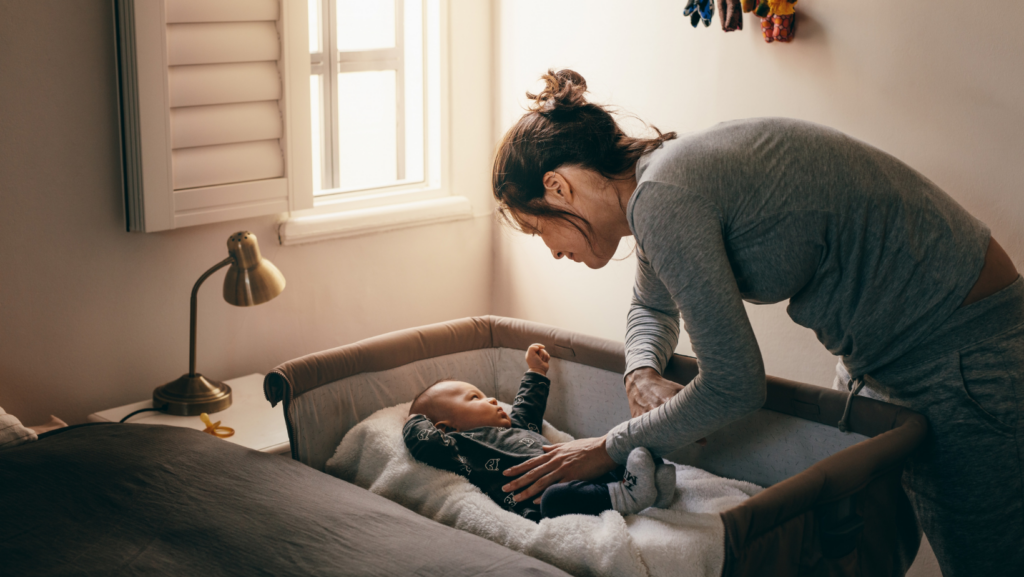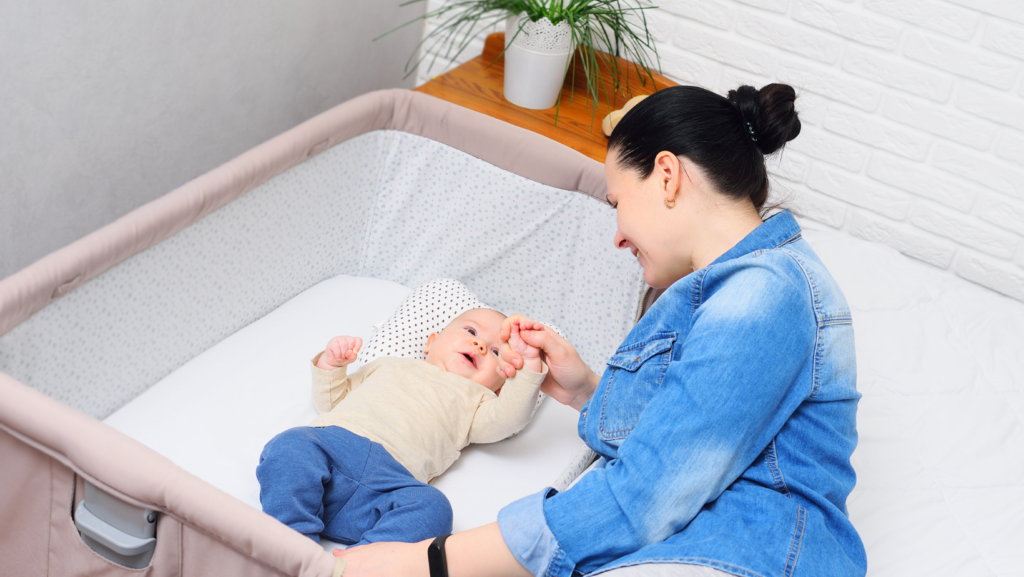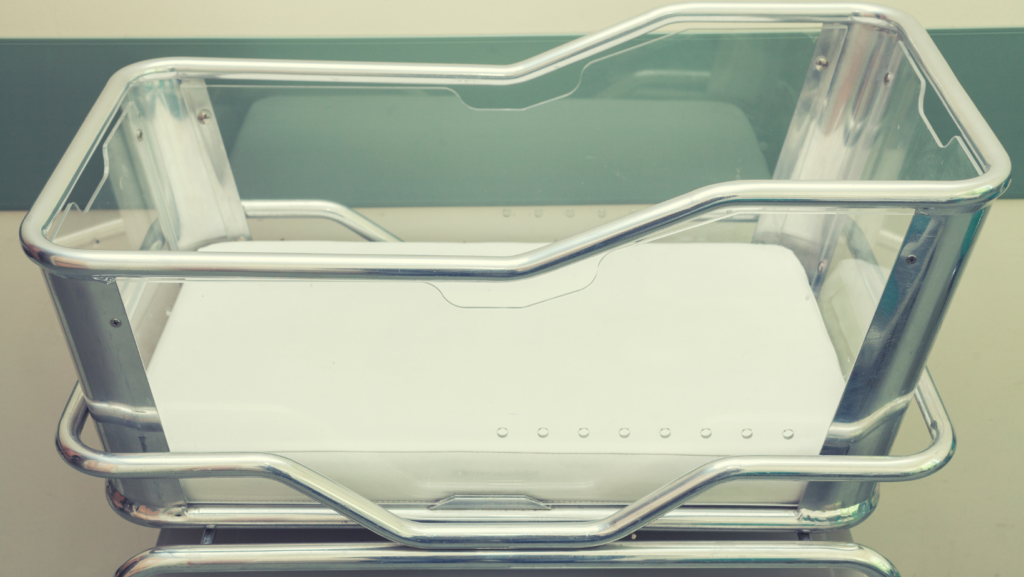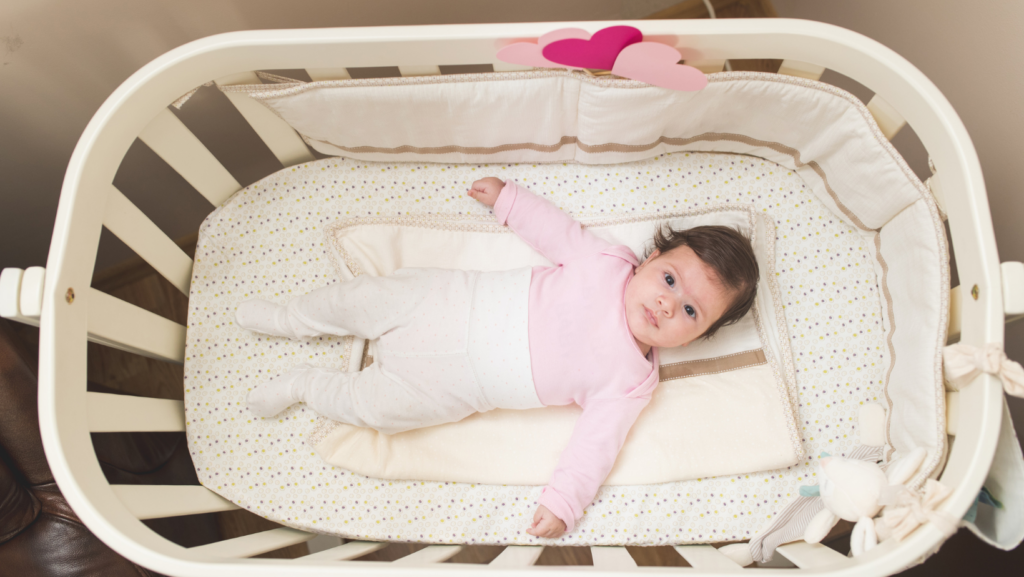Traveling with a baby isn’t always a walk in the park. It’s a juggling act of packing essentials, maintaining routines, and ensuring the little one’s comfort. Amidst all this, a travel crib can be a game-changer. It’s a safe, familiar space that can make any hotel room feel like home for your child.
Travel Cribs
Given the importance of a travel crib in ensuring a child’s comfort while traveling, adherence to safety standards becomes essential. Here, the Consumer Product Safety Commission’s (CPSC) guidelines play a significant role, along with other safety tips for maintaining the overall safety of travel cribs.
Understanding CPSC Guidelines

The Consumer Product Safety Commission (CPSC) defines rigorous guidelines to ensure child safety when using travel cribs. Recognizing these guidelines lets consumers make informed decisions about the products they purchase.
Under the CPSC, all travel cribs must be free from any sharp points or edges that could potentially harm a child. Additionally, the spacing between crib slats cannot exceed 2 3/8 inches, mitigating the risk of a child’s head getting trapped.
Travel cribs must also have sides that are at least 26 inches higher than the top of the mattress, to discourage climbing and fall accidents.
Additional Safety Tips
Beyond the CPSC guidelines, several additional safety tips can help maximize the safety of travel cribs.
Firstly, it’s imperative to place the crib on a flat, stable surface away from any objects that a child could potentially reach. Examples of such objects include lamps, window blinds, or decorations.
Secondly, avoid adding any extra bedding or soft toys to avoid the risk of suffocation. This includes pillows, quilts, or plush toys.
The third rule of thumb is to regularly check the crib components, such as the mattress, joints, etc., for any signs of wear and tear. Proper maintenance extends the crib’s lifespan and ensures it remains safe to use.
How to Choose the Right Travel Crib
Key Features to Consider

When shopping for a travel crib, parents have to assess several significant features. Portability, one of the primary considerations, could include whether the crib folds down compactly and carries easily for transporting.
Another crucial feature, safety, mandates sturdy construction, and the conformity to CPSC guidelines already discussed.
Lastly, ease of assembly is paramount to reduce stress during travels. In this aspect, cribs with a simple set-up process, such as the Guava Family Lotus bassinet, shine, as it erects and collapses in mere seconds.
Age and Size Considerations
The suitability of a travel crib often depends on the child’s age and size. Infants typically demand smaller, bassinet-style cribs until they reach about six months. For example, the 4Moms Breeze Plus Portable Playard incorporates a detachable bassinet suitable for this age range.
On the other hand, larger travel cribs cater to toddlers up to three or four years old. These travel cribs are designed for children who have outgrown a bassinet but are not yet ready for a full-size bed.
Budget and Durability

Budget considerations influence every purchase decision, and travel cribs are no different. Although high-end models like the BabyBjorn Travel Crib Light and the Lotus Travel Crib offer impressive features, they come at a higher price.
Durability presents a key factor in the budget equation, though. Long-lasting travel cribs can serve a family over numerous trips, rewarding the initial investment. In this regard, the Graco Pack ‘n Play On-the-Go Playard has proved to be robust and long-lasting, offering value for the price.
The Right Travel Crib
Traveling with a baby doesn’t have to be a daunting task. With the right travel crib, parents can ensure their child’s comfort and safety, no matter where they are. It’s crucial to consider key features, age and size, budget, and durability when choosing a crib. By making an informed decision, parents can create a secure, familiar space for their baby during travels, aligning with CPSC guidelines and safety tips. So, embark on your next adventure with confidence, knowing your little one’s needs are well taken care of.
